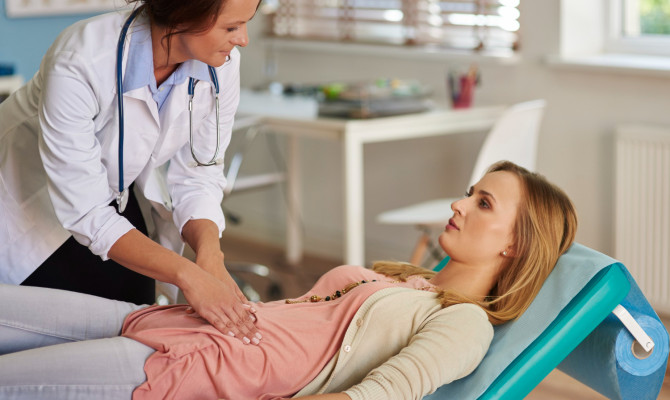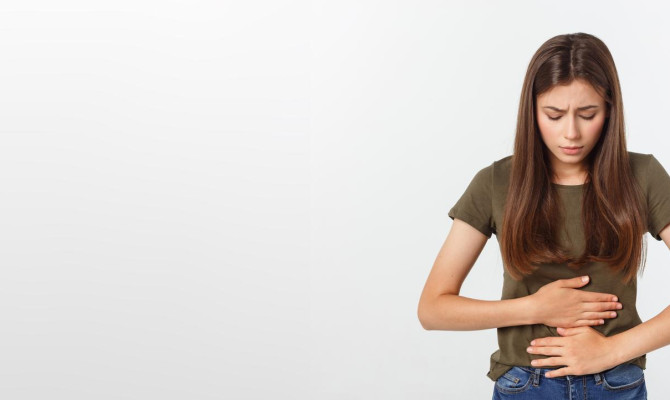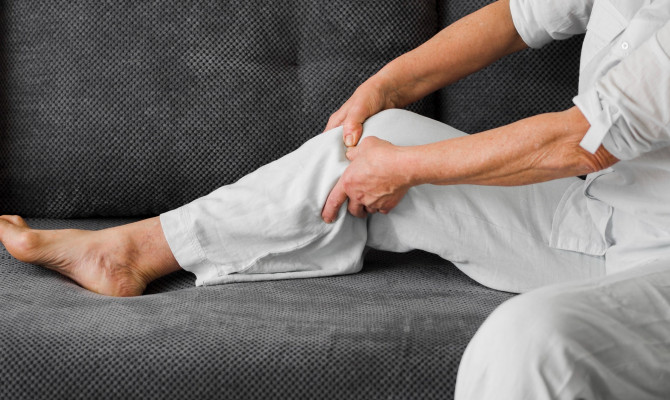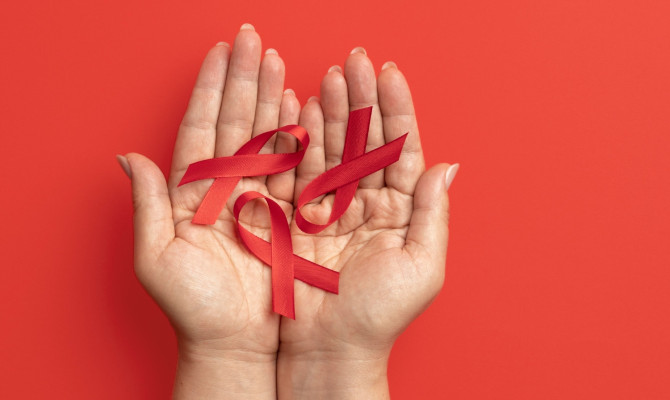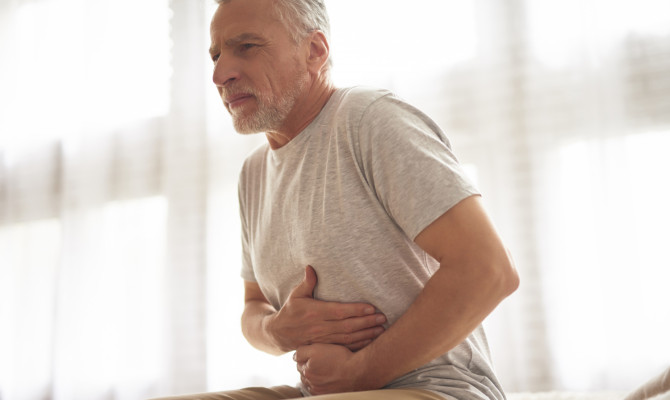Gout: A General Overview

- Gout
- 16 Aug 2023
Overview
What is gout?
Gout is a kind of arthritis that occurs due to excess uric acid accumulation in the body. Uric acid is the body’s waste material formed due to purine (components of deoxyribonucleic acid) breakdown.1Overview| Researched based study from Sciencedirect.com
The uric acid accumulates in the joints and causes sharp pain and recurrent swelling, and redness. Gout can occur in the forefoot, fingers, ankles, elbow, wrist, and knees. It is more common among males than females.
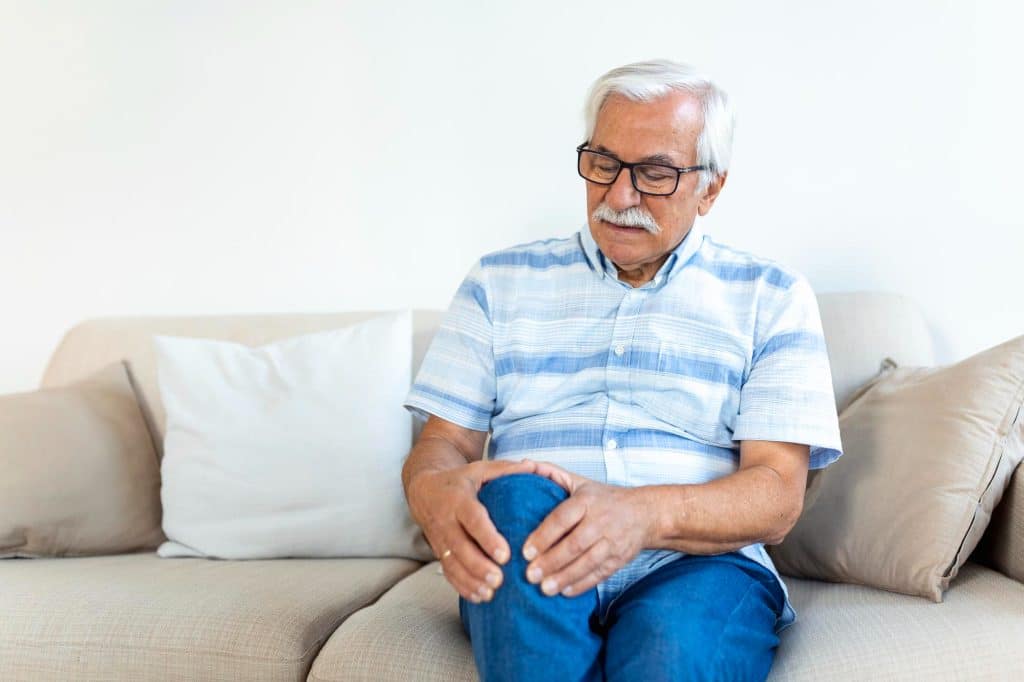
Prevalence
Prevalence of gout
- Gout can affect people of all ages but is more common between the age group of 30 to 60 years
- It is a persistent and progressive ailment that gets worse with time
- The majority of gout attacks start in the big toe of the feet
- Gout primarily affects women after menopause (cessation of the menstrual period).
- The prevalence of gout is more in developed countries compared to underdeveloped countries 1Prevalence| Researched based study from Sciencedirect.com 2Prevalence| Researched based study from Journals.Iww.com.
Symptoms
Symptoms of gout
- Sudden intense pain
- Swelling and redness
- Joint stiffness
- Warm and tenderness of the affected area
- Extreme tiredness
- Persistent discomfort
- Difficulty in moving
- Appetite loss
- Mild fever 1Symptoms| Researched based study from Sciencedirect.com
Causes
Causes of gout
Excess uric acid in the blood due in the prime cause of gout
And causes of excess uric acid in the body are
- Kidney disease in which the body is unable to excrete extra uric acid from the body
- Hyperthyroidism(thyroid gland produces excess thyroid hormone)
- Hereditary disorders (such as diabetes and obesity) 3Causes| Researched based study from Thelancet.com
Risk
Risk factors of gout
- Diet (consuming excess purine-rich foods such as red meat, liver, etc. )
- Overweight
- Dehydration
- Cardiac(Heart) problem
- Alcoholism(addiction to alcohol)
- Autoimmune disease (immune system mistakenly attacks the body’s healthy tissues)
- Diabetes
- High blood pressure (Hypertension)
- Blood cancer
- Kidney disease
- Any trauma(injury)
- Family history (gout disease running in families) 4Risk| Researched based study from Nlm.nih.gov
Complications
Complications of gout
Gout is associated with many health issues, including
Advanced gout
Gouts, if untreated,
- Tophi (nodules of urate crystals) deposit below the skin in several body parts such as fingers, feet, and elbows5Complications| Researched based study from Nlm.nih.gov
- Tophi is tender and swollen during gout occurrence and are usually not painful
Recurrent gouts (repeated gout attacks)
Gouts, if left untreated,
- It can cause corrosion and damage the joints
Kidney stones
- The urate crystals get deposited in the kidney and the urinary tract of gout patients leading to kidney stones.
- Large urate crystals can block the ureters(tubes carrying urine to the urinary bladder from the kidneys) 5Complications| Researched based study from Nlm.nih.gov
Diagnosis
Diagnosis of gout
Following are the tests to determine gout
Uric acid blood test
- The test determines the amount of uric acid in the blood
Joint aspiration
The doctor uses a needle to take out fluid from the spaces between the joints. It is done
- To relieve the patient from extreme pain
- To look for the uric acid crystals to confirm gout
- To examine for any other infection
Imaging Techniques
- Ultrasound-It uses sound waves to get an image of the interior organs of the body
- X-ray-It uses electromagnetic waves to get internal images of the body
- MRI-It utilizes radio waves and magnetic fields to get three-dimensional clear images of organs inside our body.
- CT (Computed Tomography) scan-It uses computers and X-rays to get a detailed picture of the interior of our body 6Diagnosis| Researched based study from Nlm.nih.gov
Treatment
Treatment of Gout
The treatment of gout is based on the condition and requirements of the patient.
To relieve symptoms of gout
Corticosteroids
- It reduces swelling and redness
- It also controls any allergic reaction in the body
Colchicine
- It prevents the inflammation caused by uric acid crystals
NSAIDS (nonsteroidal anti-inflammatory drugs)
- It blocks the chemicals causing pain and swelling7Treatment| Researched based study from Nlm.nih.gov
Drugs to lower uric acid level
Pegloticase
- It is used to treat chronic gout
- It is given when other medicines don’t work
Allopurinol
- It prevents damage to the joints
- It prevents a recurrent gout attack7Treatment| Researched based study from Nlm.nih.gov
Probenecid
- It helps the kidney eliminate uric acid
- It helps prevent gout attacks
Febuxostat
- It acts on the body to produce less uric acid
- It is used to treat chronic(long-term) gout
Surgeries for gout
Arthroscopic gout removal
- In less severe cases, arthroscopic gout removal surgery is done
- It removes uric acids from the joints and relieves pain
Joint fusion surgery
- If gout has completely damaged a joint, joint fusion surgery is recommended.7Treatment| Researched based study from Nlm.nih.gov
- It fuses the smaller joints, relieves pain, and improves the joint’s strength
Joint replacement surgery
- It is done to reduce pain and increase the mobility of patients
- Surgeons remove the gout-damaged joint with a synthetic (artificial) joint
Tophi removal surgery
- Tophi crystals may get swollen, red, and painful
- They can break the skin and get infected so in such cases, tophi removal surgery is recommended 7Treatment| Researched based study from Nlm.nih.gov
Alternative treatments
Hot and cold compress
- It is done by using a hot compress for 2-3 minutes, followed by a cold compress for around half a second on the affected area of the gout attack.
- Repeating this several times helps reduce the gout swelling and pain
Acupuncture
- This technique uses fine needles that are inserted at various parts of the body.
- It relieves pain and makes one feel better
However, more research is warranted to prove the fact
Remedies
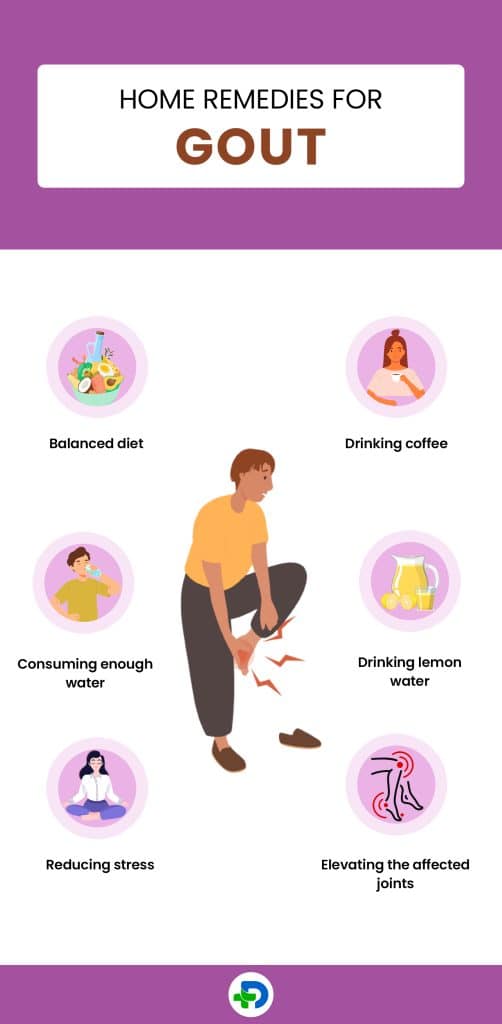
Home remedies
Balanced diet
- A well-balanced diet containing antioxidant-rich fruits and vegetables can help reduce gout symptoms.
- Moreover, the consumption of minimally processed food help decreases the gout risk.
Consuming enough water
- Drinking plenty of water can make the kidney function to excrete excess fluid, thereby reducing the symptoms of gout patients.
- However, kidney and heart patients must talk to a physician before consuming plenty of fluids 8Remedies| Researched based study from Nlm.nih.gov
Reducing stress
- One should include meditation (mind exercise) and yoga (breathing exercise) in daily routine to avoid stress.
- Taking enough rest during the day may also reduce stress
Elevating the affected joints
- Keeping the feet in a heightened position will allow blood to move away from the joints toward the heart and
- it reduces the swelling in gout patients 9Remedies | Researched based study from Arthritis.org
Drinking coffee
- Coffee reduces the serum uric acid level
- It decreases the risk of having gout
However, more research is wanted to prove the effect of coffee on gout 10Remedies | Researched based study from Wiley.com .
Drinking lemon water
- Lemon help neutralizes the uric acid level in the body.
Diet
Diet principles in gout
Food and drinks to be avoided to prevent gout attack are
- Organ meats(kidney, liver)
- Pork
- Beef
- Mussels
- Cod
- Salmon
- Processed food
- Seafood
- Sugary beverages
- Soda drinks
- Yeasts
Prevention
Prevention of gout
- Maintaining a healthy body weight
- Exercising regularly to decrease joint stress
- Complete cessation of smoking
- Avoiding alcohol consumption
- Avoid joint injuries 11Prevention | Researched based study from Cdc.gov
- Limiting the consumption of purine-rich foods (viz pork, beef, shellfish)
- Keeping oneself hydrated
Takeaway
Key takeaways
- Gout is painful arthritis and can be treated and managed effectively
- Gout, if left untreated, can damage the joints permanently
- Eating a balanced diet and adopting healthy habits can help prevent gouts
- One must immediately consult a rheumatologist (doctor specializing in gout and arthritis) on experiencing repeated gout symptoms to prevent it from being chronic.
Any feedback on this article?
 This Articles content was accurate
This Articles content was accurate Very Informative Article
Very Informative Article I have a question or a comment
I have a question or a comment
 This article contains inaccurate content
This article contains inaccurate content This article was not helpful
This article was not helpful I have a question or a comment
I have a question or a comment
We appreciate your helpful feedback!
Checkout our social pages
References
-
Science Direct
Gout | Overview | Prevalence
-
Wolters Kluwer Health
The prevalence of gout and hyperuricemia in middle-aged and elderly people in Tibet Autonomous Region, China | Prevalence
-
The Lancet
Gout | Causes
-
National Library of Medicine
Estimation of Primary Prevention of Gout in Men Through Modification of Obesity and Other Key Lifestyle Factors | Risk
-
National Library of Medicine
Gout | Complications
-
National Library of Medicine
Diagnosis, treatment, and prevention of gout | Diagnosis
-
National Library of Medicine
Treatment Options for Gout | Treatment
-
National Library of Medicine
Nonpharmacological Management of Gout and Hyperuricemia: Hints for Better Lifestyle | Remedies
-
Arthritis Foundation
Managing a Gout Flare | Remedies
-
Wile Online Library
Coffee Consumption Reduces Gout Risk Independently of Serum Uric Acid Levels: Mendelian Randomization Analyses Across Ancestry Populations | Remedies
-
Centers for Disease Control and Prevention
Gout | Prevention













